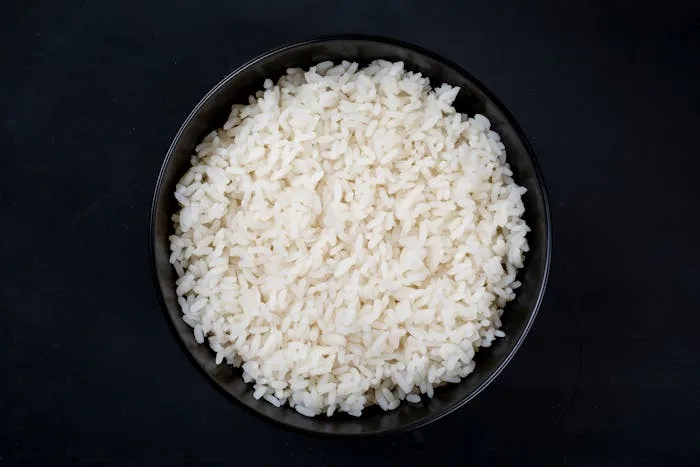
Rice is a staple food for millions worldwide, but its consumption habits can impact health, particularly for individuals with diabetes. Registered dietitian-nutritionists have cautioned against eating this grain while it is hot, emphasizing its high glycemic index (GI) and its potential to cause spikes in blood sugar levels.
Understanding Glycemic Index and Blood Sugar Response
The glycemic index measures how quickly a food raises blood sugar. Hot rice has a high GI, meaning it rapidly releases glucose into the bloodstream, potentially causing hyperglycemia. This is particularly concerning for people with diabetes, as consistently high blood sugar levels can lead to nerve and blood vessel damage, according to the World Health Organization (WHO).
Why Hot Rice Affects Blood Sugar
According to nutritionist James Oloyede from FHI 360, consuming steaming grains leads to a rapid glucose release, making it harder for insulin to regulate blood sugar effectively. This can be harmful to individuals managing diabetes or those at risk of developing the condition.
Conversely, when rice is allowed to cool, it forms resistant starch, a type of fiber that slows digestion. This results in a lower glycemic response, making cooled grains a better option for blood sugar control. Resistant starch is beneficial because it feeds healthy gut bacteria, improving digestion and overall metabolic health.
Prince Harry: Invictus Games Provide Veterans With “Renewed Purpose”
Balancing Health and Food Safety
While eating cooled rice may benefit blood sugar management, it is essential to handle it safely. Experts warn that improperly stored cold rice can become a breeding ground for Bacillus cereus, a bacterium that causes food poisoning. To minimize risks:
- Store cooked grains in an airtight container in the refrigerator.
- Reheat properly before consumption.
- Avoid leaving cooked rice at room temperature for extended periods.
The Role of Moderation and Dietary Choices
For those who prefer eating hot rice, moderation is key. Eating small portions of warm grains alongside fiber-rich foods, such as vegetables and legumes, can help slow glucose absorption and prevent sudden blood sugar spikes.
Nutritionist Olufunmilola Ogunmiluyi emphasizes that while hot rice can be easier to digest, excessively high temperatures may reduce nutrient availability and damage the esophagus. Therefore, consuming rice at a moderate temperature is ideal for both digestion and nutritional benefits.
Conclusion
The way rice is consumed significantly impacts blood sugar levels and overall health. For individuals managing diabetes or looking to regulate their blood sugar, allowing rice to cool before consumption may provide benefits due to its resistant starch content. However, food safety practices must be maintained to avoid bacterial contamination. Ultimately, balancing diet, portion control, and proper food handling can help maximize the health benefits of rice while minimizing potential risks.
By making informed choices, individuals can enjoy meal in a way that supports both metabolic health and food safety.
Follow us on Google News, Instagram, YouTube, Facebook,Whats App, and TikTok for latest updates
















